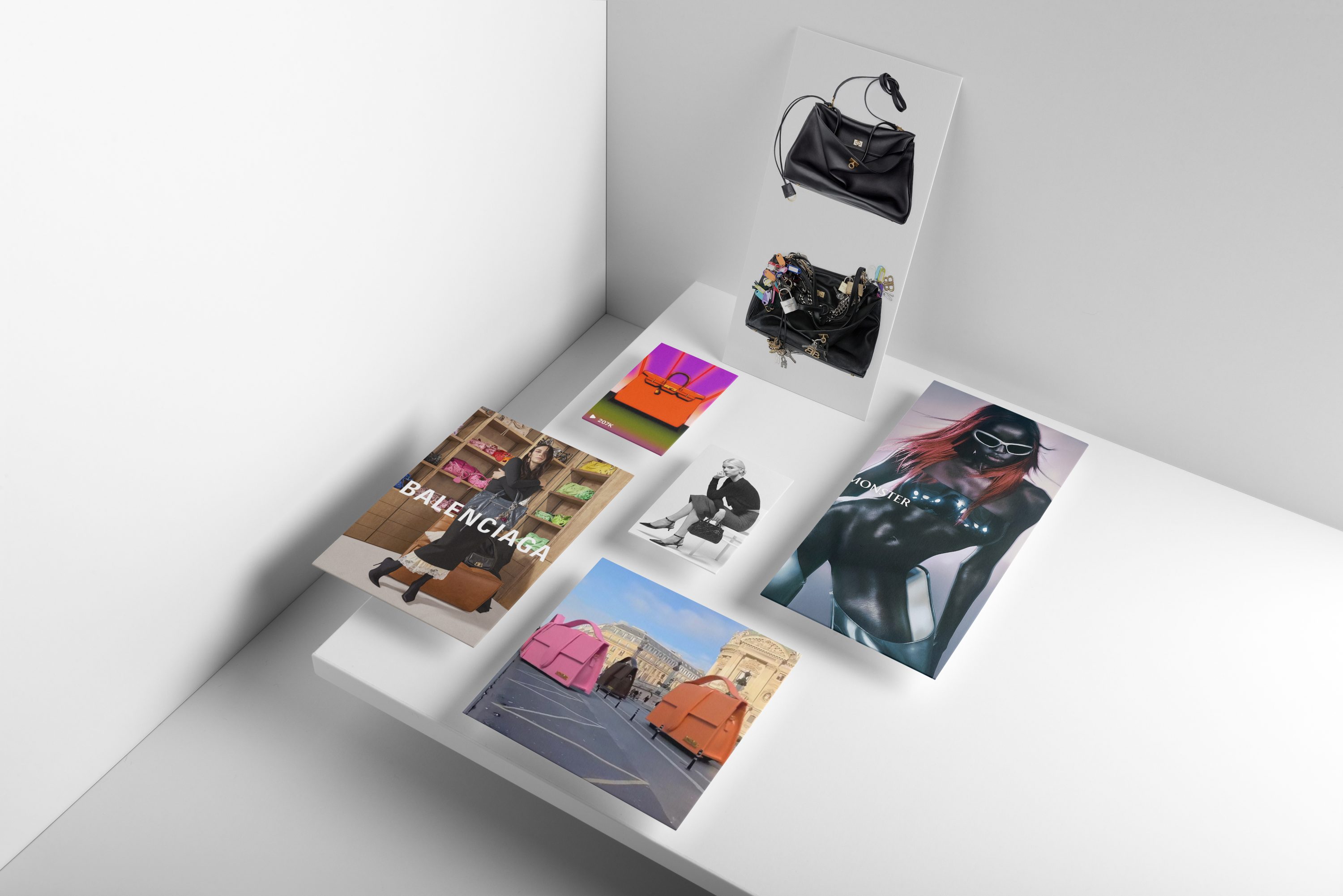Houses Like Balenciaga, Hermès, and Jacquemus Are Setting the Standard for Smart Accessories Marketing – But Many Brands Are Missing the Opportunity
By Mark Wittmer
It’s well known that accessories, and primarily handbags, remain the driving factor in sales for luxury fashion brands. Kering’s 2023 financial results provide the perfect illustration, with 71% of Saint Laurent’s revenue for the year coming from the leather goods category, while at Gucci, 78% of revenue came from accessories.
The reasons for this significant majority of revenue are myriad, just as the appeal of a luxury bag is multifaceted: they strike a balance between accessibility and exclusivity, making them attainable yet prestigious purchases. Unlike clothing, which can swiftly fall out of fashion, these accessories often boast timeless designs that endure, retaining their allure and value over the years and making them a sensible investment. At the same time, however, they can act as potent status symbols, broadcasting wealth, sophistication, and discerning taste to the world. Functionality plays a pivotal role as well; beyond their aesthetic appeal, handbags serve as practical storage solutions for daily essentials, elevating their worth in the eyes of consumers. Moreover, the allure of limited editions and exclusive collaborations can further fuel demand, creating a sense of urgency among collectors and fashion aficionados.
All of this is common knowledge for fashion brands and the experts behind fashion merchandising and marketing. Yet we still don’t see many brands making the most of the opportunity presented by today’s fast-paced, multichannel marketing approach to launch accessories campaigns that tap into the handbag’s status as the emblem of luxury creativity and covetability.
Here, we’ll dive into some of the marketing approaches that are making accessories success stories, as well as identifying some of the missed opportunities, in order to work towards an answer for the question: how do you make the most of accessories marketing?
Index
- Digital Dynamism
- Fashionable Focus
- The It Girl
- Key Takeaways
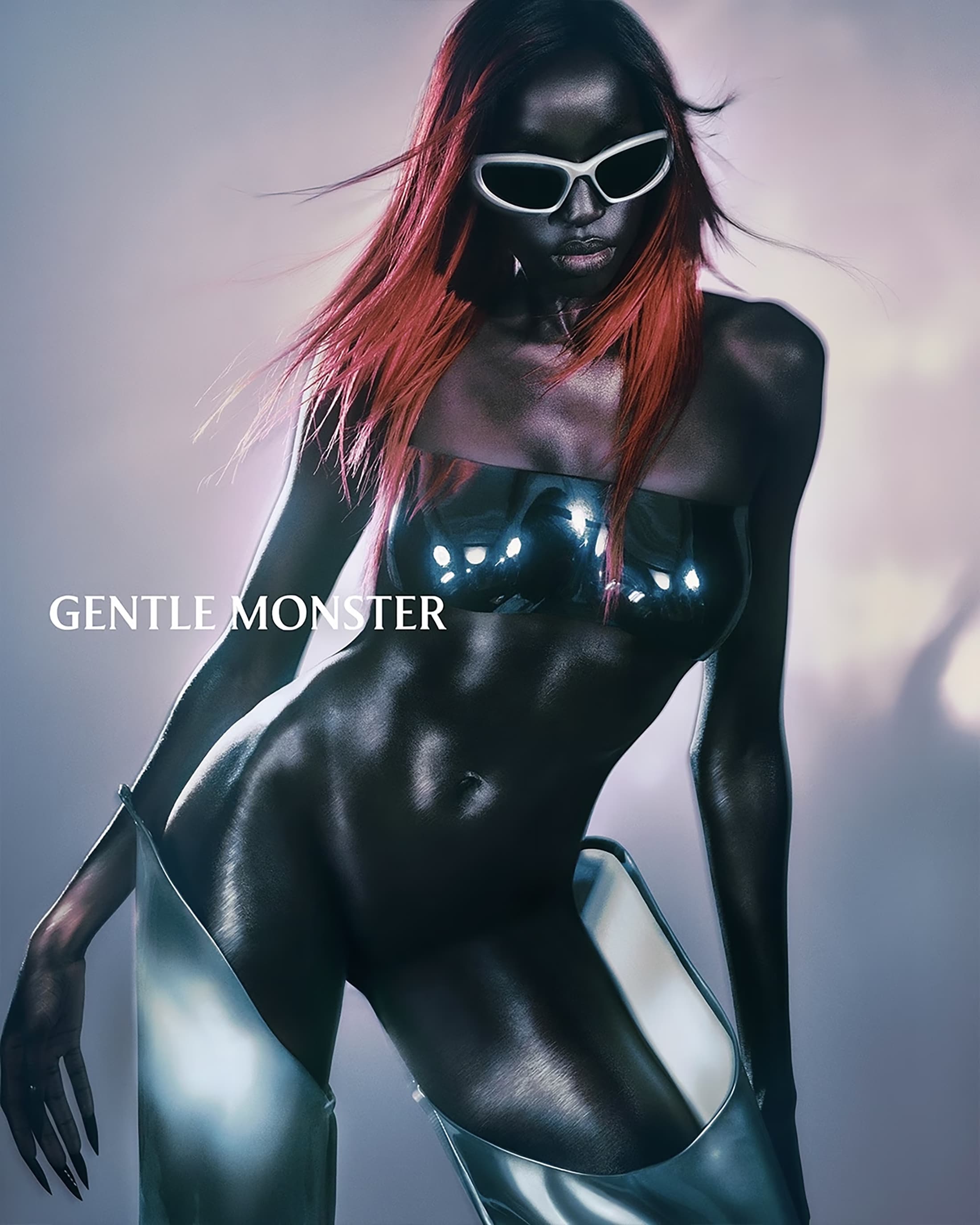
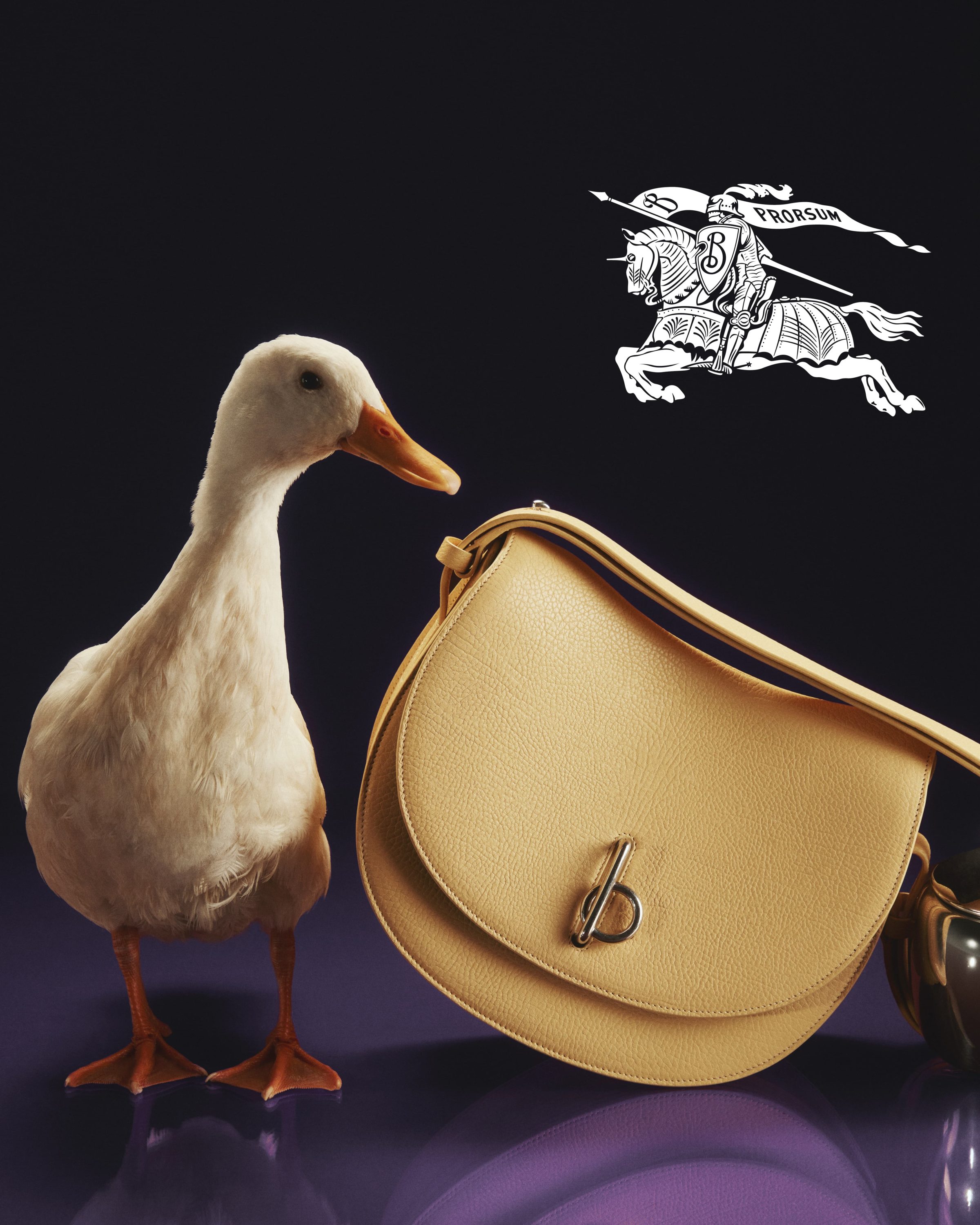
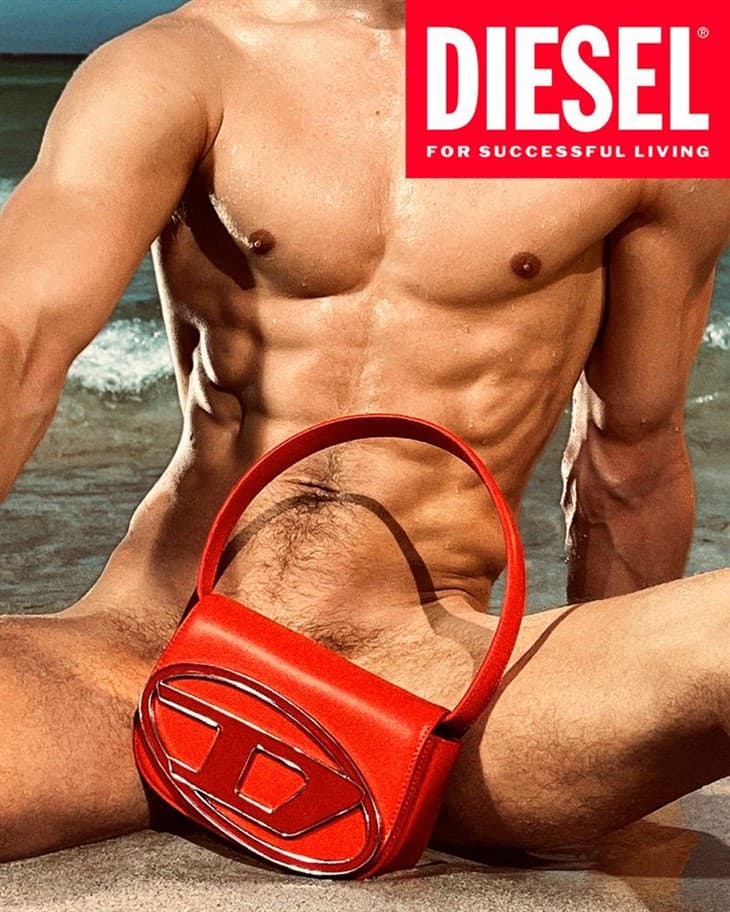
Digital Dynamism
Unlike traditional advertising mediums, digital platforms offer a real-time playground where brands can engage with their audience swiftly and continuously. The versatility and constant demand for newness inherent in these platforms allows for a consistent and rapid cadence of concise campaigns, where each post or story becomes an opportunity for a serotonin blast of laconic visual storytelling.
This rapidity and consistency, of course, makes these channels ideal for accessories campaigns. Instagram doesn’t have seasons, and neither should handbag sales; Instagram, TikTok, and YouTube shorts (and, what the heck who knows, maybe even a Tumblr comeback?) offer the perfect opportunity to make small investments in brief sets of creative, eye-catching visuals to champion your hero products on a once-a-month or more basis.
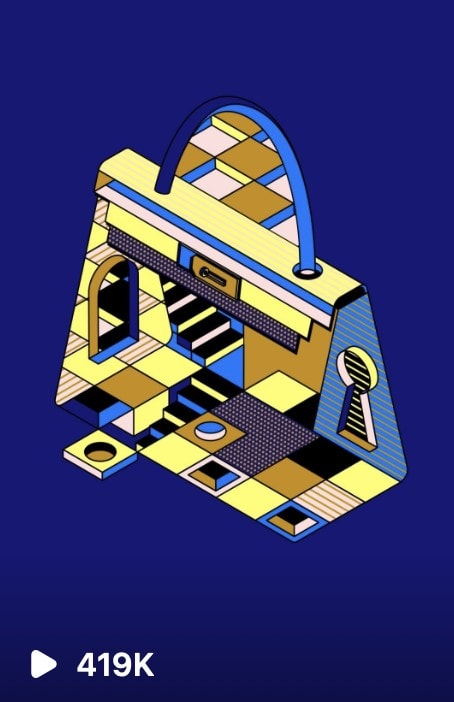
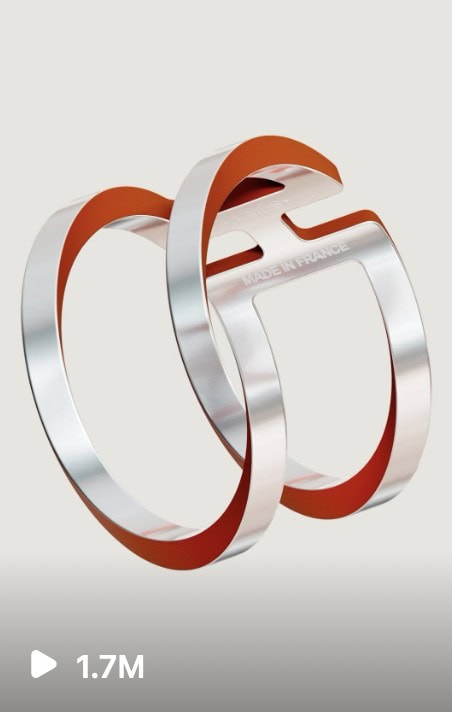
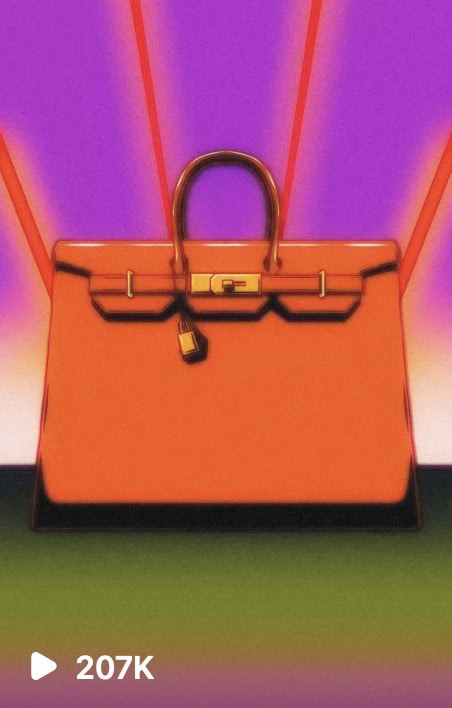
In this regard, Hermès has an extremely strong Instagram presence that extends a joyful and collaborative visual world far beyond its ultra-luxurious product offering, yet always feeds back into it. The brand consistently commissions artists, animators, and photographers for unique sequences of a few artworks that draw inspiration from the house’s history or design codes. Sometimes these distinct visuals celebrate the launch of a new accessory or collection, while other times they highlight the brand’s long standing icons.
But the modern master of this strategy is probably Jacquemus. The brand’s approach to social media across 2023 cleverly played with contemporary anxieties around artificial intelligence and digital dupes. Hyperrealistic animation blew the brand’s must-have bags up to larger-than-life size and framed these digital dupes against real locations around France, creating double-take-inducing moments of fashion disbelief.
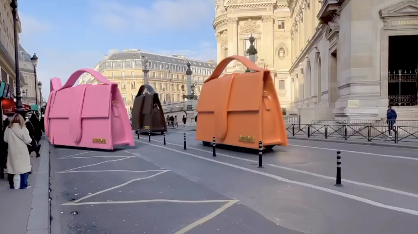

Then in 2024, the brand brilliantly took this practice to its logical conclusion, and made its internet-breaking digital bag car real, driving a Jacquemus bag on wheels down the streets of Paris. A clever synthesis of OOH marketing stunts and super shareable digital imagery, the extended series of many bite-sized digital delights feels like a perfect example of mastering the dynamic pace and attention-grabbing visuals that thrive on social and drive awareness and desire around a particular product.
Fashionable Focus
While ready-to-wear campaigns often strive to encapsulate the entirety of a brand’s ethos and vision – at least for one season – accessory-specific campaigns provide a distinctly focused and direct counterpoint. Rather than attempting to encapsulate the vast spectrum of a brand’s identity, bag campaigns offer the unique opportunity to hone in on the product itself. However, this narrower scope doesn’t equate to a lack of creativity or innovation. On the contrary, it challenges marketers to find imaginative ways to showcase the essence of a bag while still resonating with their target audience. Thus, bag campaigns offer a distinct canvas for creativity, allowing brands to highlight the intricacies and unique features of their products in a manner that engages consumers without the burden of representing an entire brand universe.
Balenciaga just struck this balance with a totally minimal yet very clever campaign that used only the elements of product shots and text. The imagery riffed on Apple’s famous “Think Different” ad campaign of the late 90s and early 2000s, even using the same recognizable typeface. But while Apple’s ads paired the slogan with faces of influential creators and innovators, Balenciaga here pairs ironically detached anti-slogans with flat shots of some of its quirkier product offerings. The title phrase “It’s different,” for example – the campaign’s most direct nod to Apple – appears alongside the brand’s new “anatomic bootie,” a high heel that mimics a classic white sock, complete with toes. Even more aloof is “Probably not what you’re looking for,” a sassily standoffish subversion of the classic advertising dogma to give the people what they don’t know they want – and which takes on another layer of irony considering Balenciaga’s massive popularity in the past.
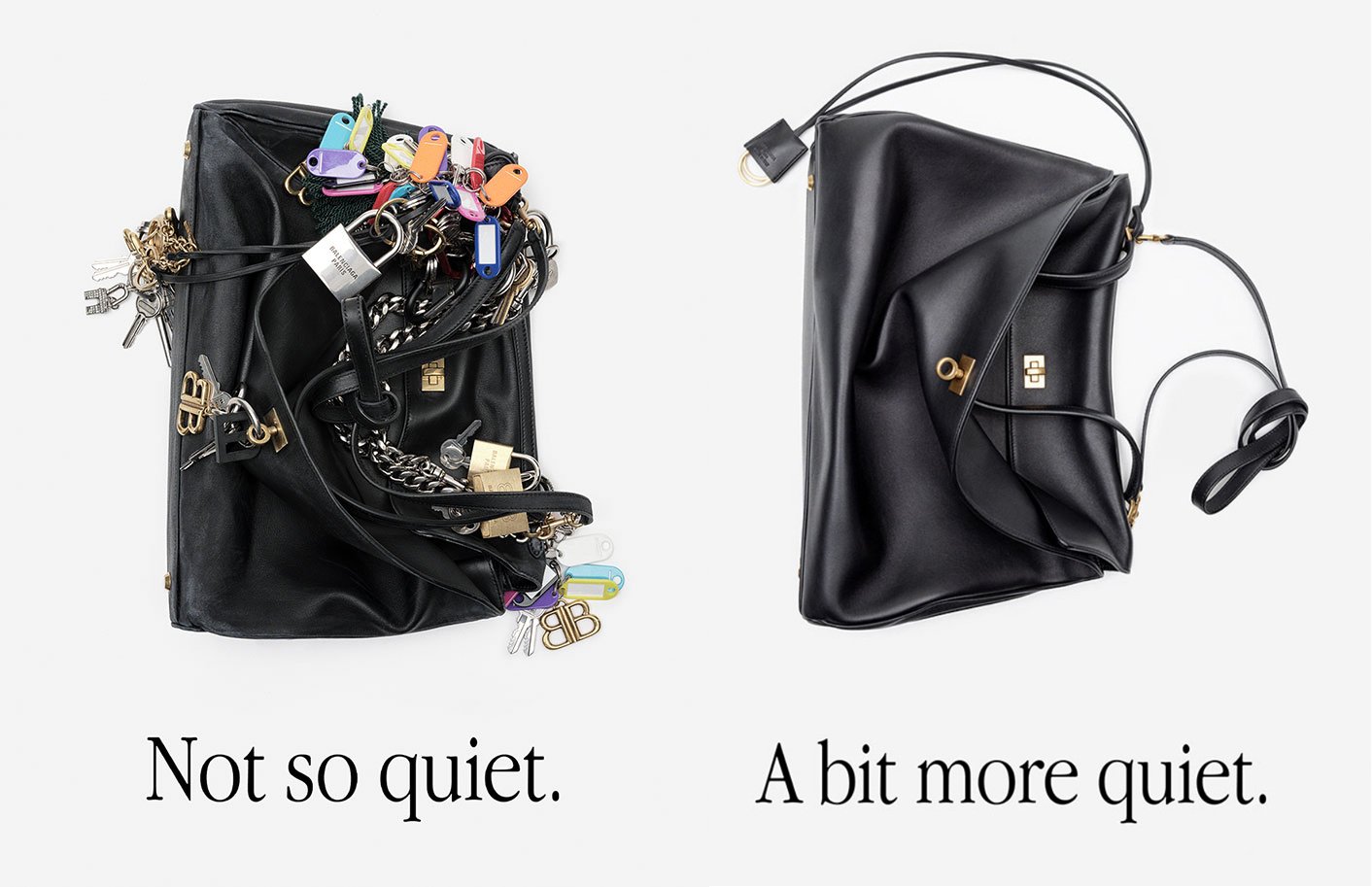
Tapping into the aforementioned practice of releasing multipart digital campaigns in series, the initial campaign was followed up a couple months later with a second outing that deepened the product assortment. Apple’s “Think different” led the brand’s campaigns for five years, and it’s smart for Balenciaga to have tapped into the somewhat lost art of the extended campaign, which, while it may clash with the breakneck speed of the fashion cycle, is patiently powerful by that same token.
Chanel also recently launched a handbag-focused campaign that struck a similar balance of referencing retro cultural touch points while keeping the focus squarely on contemporary product offering. For the Fall 2024 collection, creative director Virginie Viard took as inspiration Claude Lelouch’s 1966 film Une homme et un femme. Drawing inspiration from that film but updating it with a more contemporary spirit, anchored with the renowned talents of Penelope Cruz and Brad Pitt, the campaign debuted as an opener to the runway show itself. Set in the resort town of Deauville, the boardwalks of which provide much of the setting for the original film, the campaign follows a budding romance between two sophisticated socialites.
The runway show that this campaign film preceded felt too concerned with nostalgia and exploring the history of the house and its cinematic connections without considering why they might or might not be relevant now. Thankfully, this campaign does a much better job of staying true to that cinematic old-world glamor while giving it a smart contemporary edge. It successfully demonstrates the way in which to own a Chanel Iconic handbag is to bridge that legacy of classic romance with contemporary individual style. It helps too to have such a great cast.
The It Girl
An it girl needs her it bag, and the concept of a celebrity brand ambassador can be particularly suited to an accessories campaign. While a handbag often has a character of its own, picking the right persona to symbolize the person who wears this bag can be a powerful factor in driving emotional connection and expressing brand values.
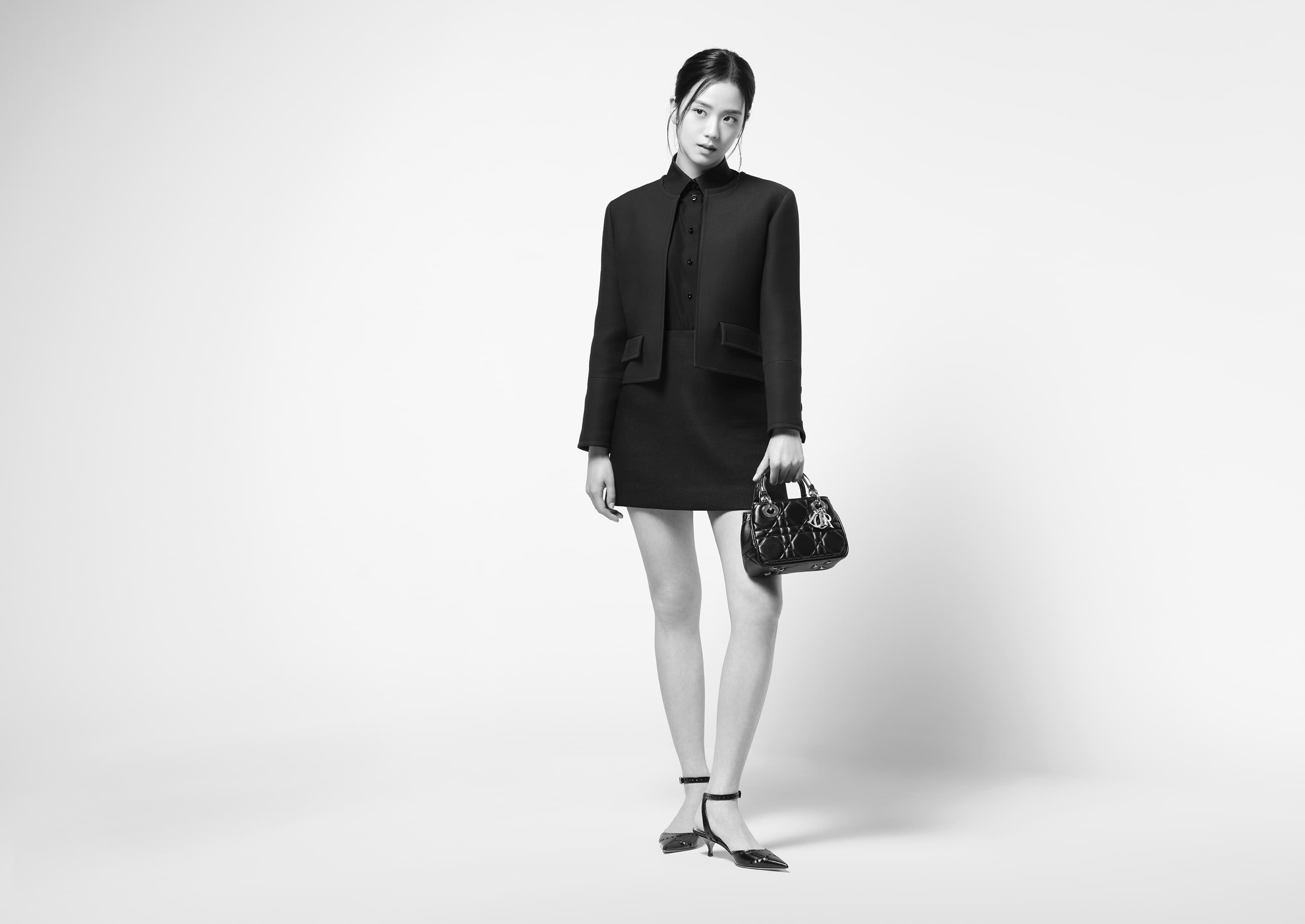
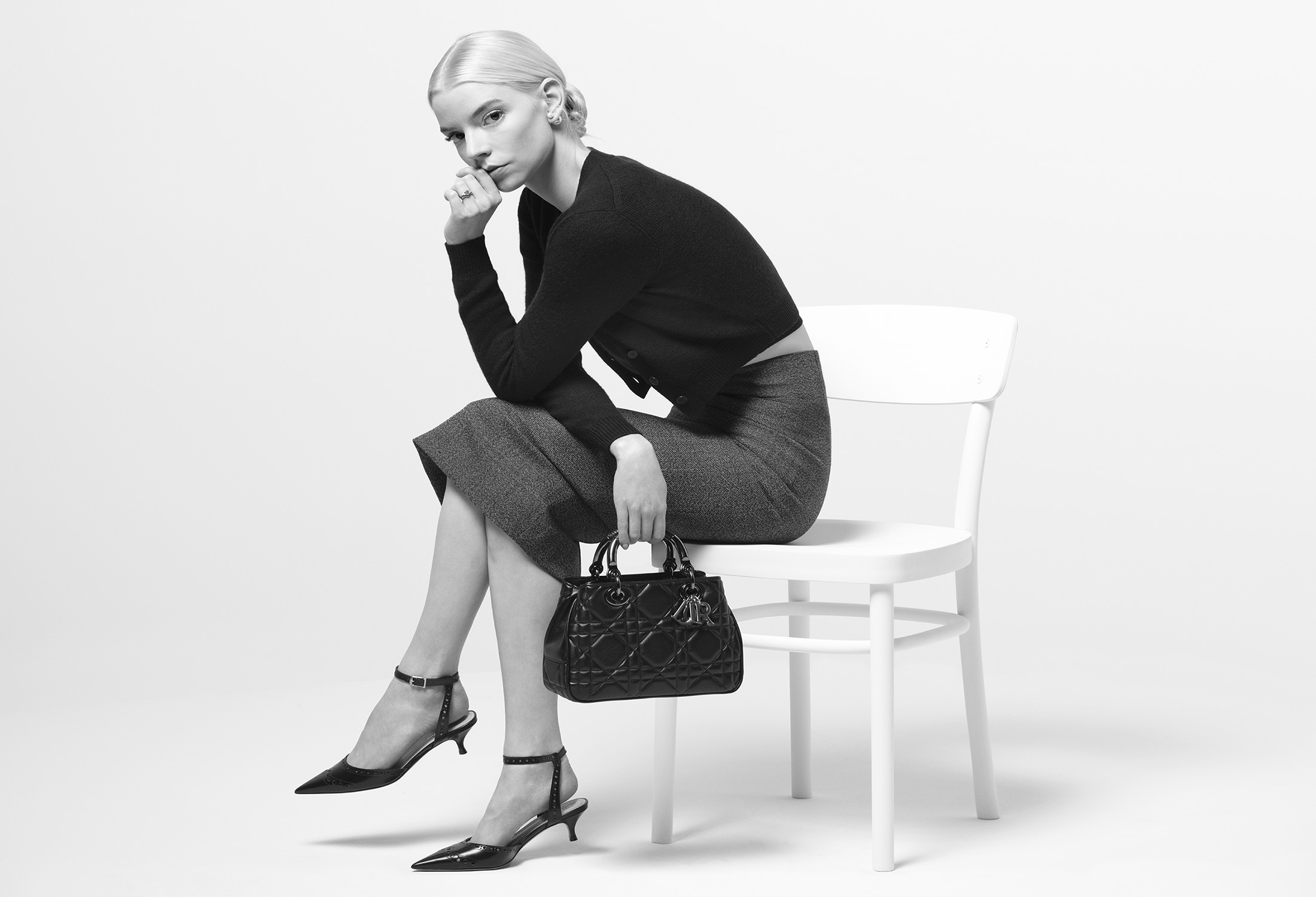
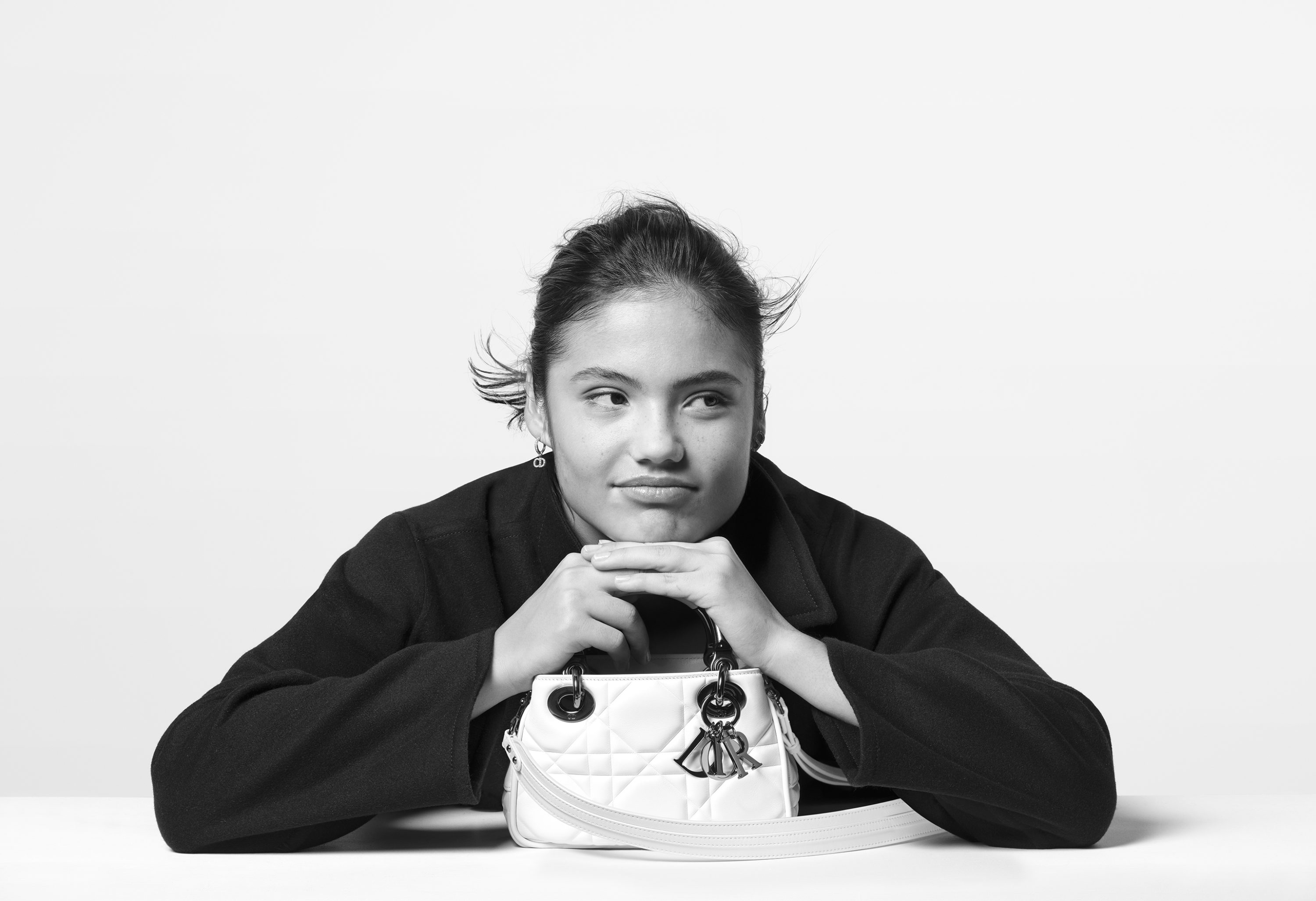
Dior’s Lady 95.22 bag series launched throughout 2023 is a strong example of marrying aspirational casting with strong, product-focused visuals and a steady release rhythm. Captured by photographer Brigitte Lacombe, the film and photography series was a manifesto of the brand’s commitment to dressing exceptional women. Spanning generations, disciplines, and perspectives, the campaign invited nine women from the worlds of art, writing, sports, and more to embody the bag’s spirit of independence and allure.
Balenciaga’s successful “Closet” campaign took this idea of star power in a more wryly self-referential direction. The campaign was launched just one day after Balenciaga officially named Kim Kardashian as a brand ambassador, and marked her first campaign in the new role. Leaning into her unique celebrity status and the blurred boundaries between real life and reality TV, the imagery sees Kim pose in her own closet, which has been filled with Balenciaga handbags in a range of colors. Many of these include new iterations of the Le City bag, which was revived anew after being first launched in 2000.
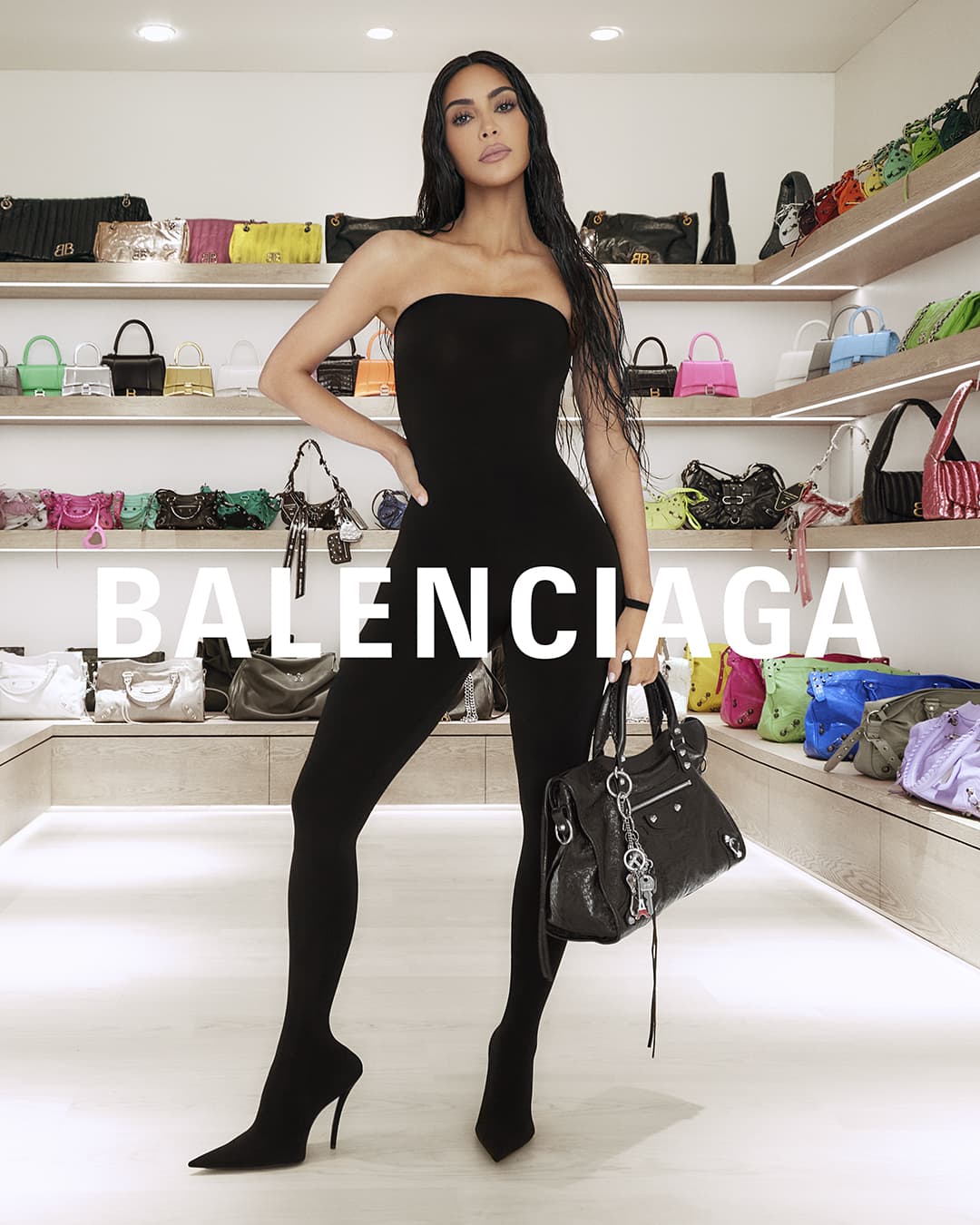
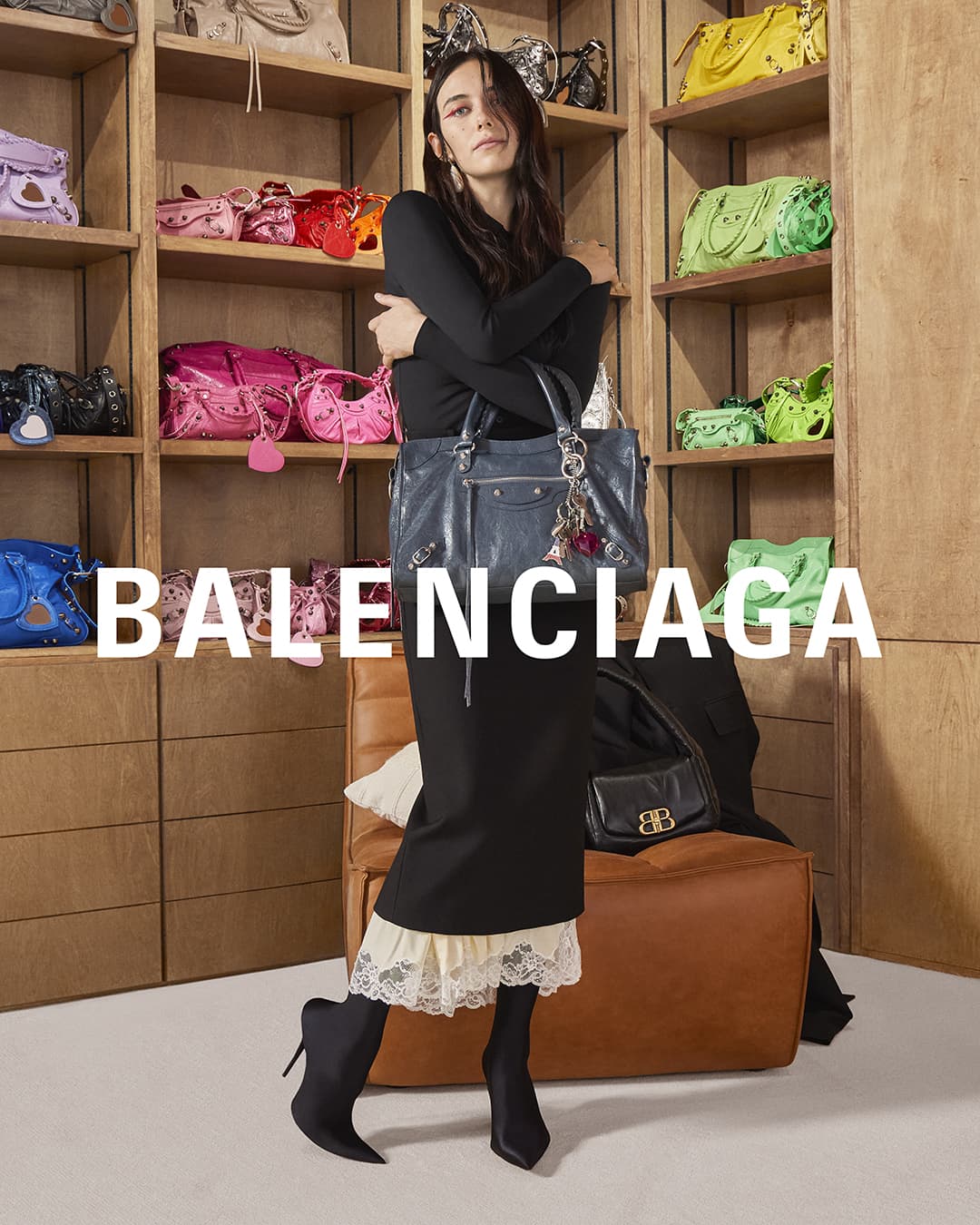
While it makes sense that a brand’s biggest sales driver should correspond with a big campaign investment, the significant expenditure of tapping a celebrity brand ambassador means it probably isn’t feasible to have every bag campaign feature some huge name. Instead, these kinds of campaigns can provide a bigger touch point once or twice a year, while smaller digital-first campaigns can connect with them and extend brand awareness more consistently.
Key Takeaways
As is the case with much marketing strategy today in general, when it comes to accessories campaigns, your first thought should always be: think digital. Digital platforms provide a real-time playground for brands to engage with their audience swiftly and continuously, fostering a consistent and rapid cadence of concise campaigns. Instagram, TikTok, and YouTube shorts offer the perfect opportunity for brief sets of creative, eye-catching visuals, ideal for accessories campaigns that need not adhere to seasonal constraints, ensuring handbag sales remain ever-present and enticing.
With a digital and social medium as their basis, accessories campaigns can offer a sharp focus on the product itself, conveying the desirability and quality of these revenue anchors while emphasizing brand identity and driving engagement and awareness. While celebrity appointments can always be a strong way to extend the reach of a particular product, they should be used sparingly and with intention to complement a digital-first strategy.
